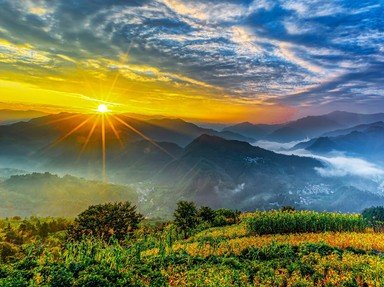Quiz Answer Key and Fun Facts
1. In ancient times the land between these two rivers in Iraq formed a region known as Mesopotamia. What are the names of the two rivers?
2. The two main river systems in Iraq join together in the southern part of the country to form the Shatt al Arab. What sort of geographic features is the Shatt al Arab?
3. Archaeologists have been excavating the ancient ruins around the Iraqi city of Ur for decades, but it is important in modern times because it is Iraq's only seaport.
4. Which city, the largest in Iraq today, was constructed by the Abbasid Dynasty near the site of the ancient city of Babylon?
5. Actually, Iraq has such a long history, that many cities have served as its capital throughout the centuries. Which of the following ancient cities, across the river from modern-day Mosul, served as the capital of the Assyrian Empire?
6. The annual flooding of the rivers in ancient Iraq created an area that had such fertile soil that many believe that farming began in the region. What is the name for a plain that has been formed by the dumping of sediments over a long period of time?
7. Iraq has a large desert region that is considered to be part of deserts that are found in countries to its east and west. What are the names of the two deserts?
8. Which city in Iraq, the location of the Imam Husayn Shrine, is the site of a pilgrimage made by an estimated 30 million Shi'ite Muslims each year?
9. Which large geographic feature in central Iraq is also known as the Sea of Salt?
10. Now let's see how well you know your map of the Middle East. Iraq shares its borders with several countries. Which one of the following is NOT one of them?
Source: Author
ponycargirl
This quiz was reviewed by FunTrivia editor
agony before going online.
Any errors found in FunTrivia content are routinely corrected through our feedback system.
